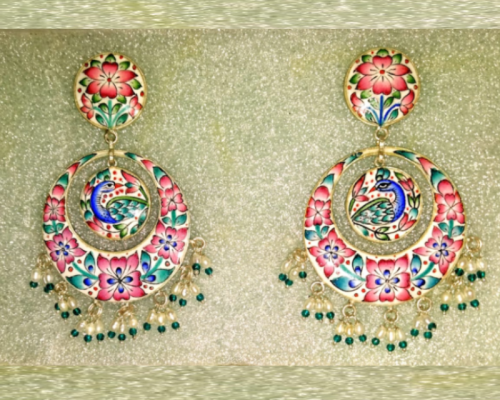Free Courses Sale ends Soon, Get It Now


Free Courses Sale ends Soon, Get It Now



Disclaimer: Copyright infringement not intended
Context
Other Details
Gulabi Meenakari Handicraft
History
Current situation
Material, types and process
|
Meenakari The word Meena Kari is a mixture of Meena (colored enamels) and Kari which together means putting heaven put onto ornaments. In this art form surfaces of metals is painted, coloured and decorating with the help of enamelling minerals. |
One District One Product (ODOP)
Must read Article:
https://www.iasgyan.in/daily-current-affairs/geographical-indications
https://www.iasgyan.in/daily-current-affairs/geographical-indications-gi
|
PRACTICE QUESTION Handicrafts and art is a part of India’s soft diplomacy and could also be a factor to improve socio economic condition of people. Explain in context of Gulabi meenakari of Varanasi. (250 words) |
© 2024 iasgyan. All right reserved